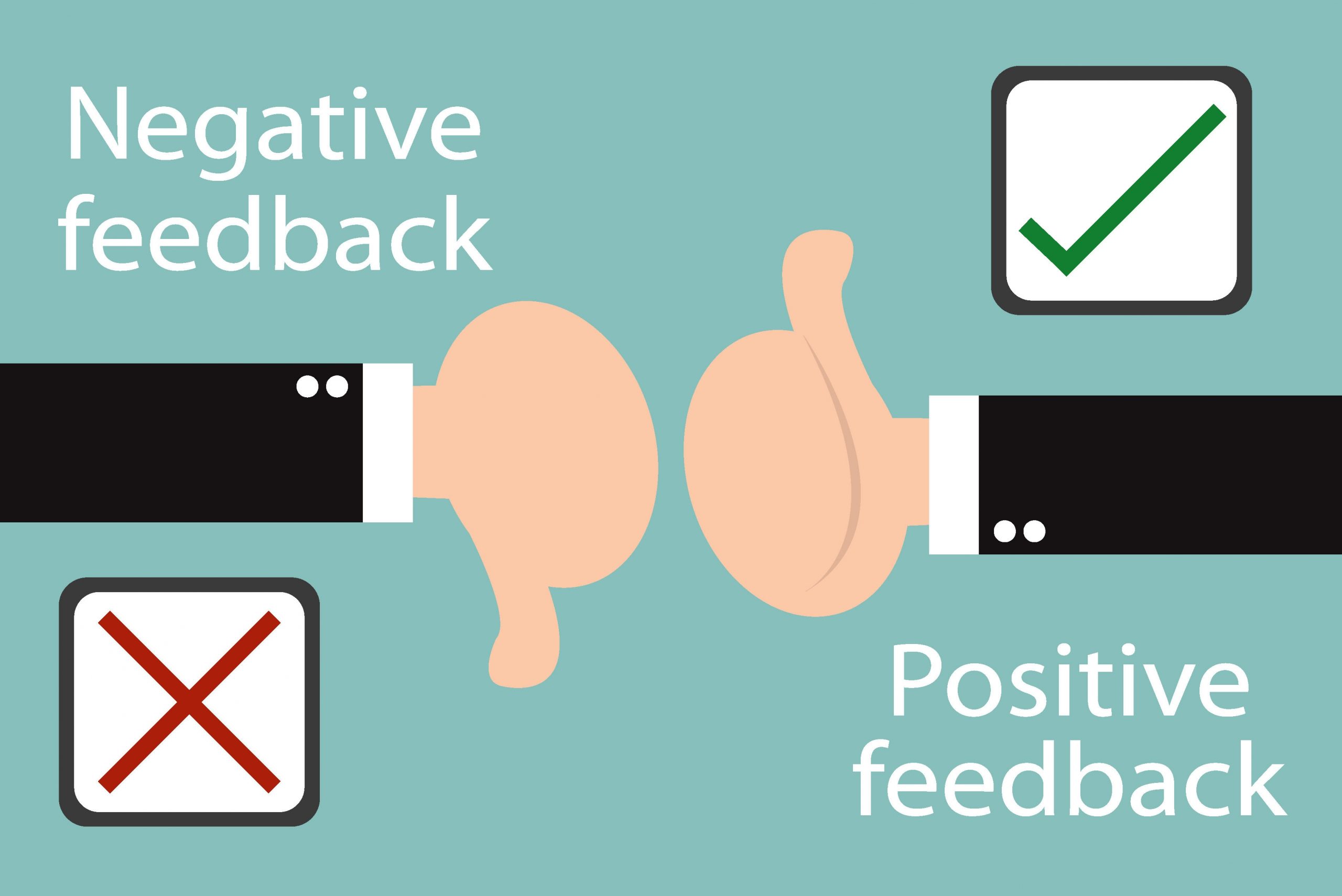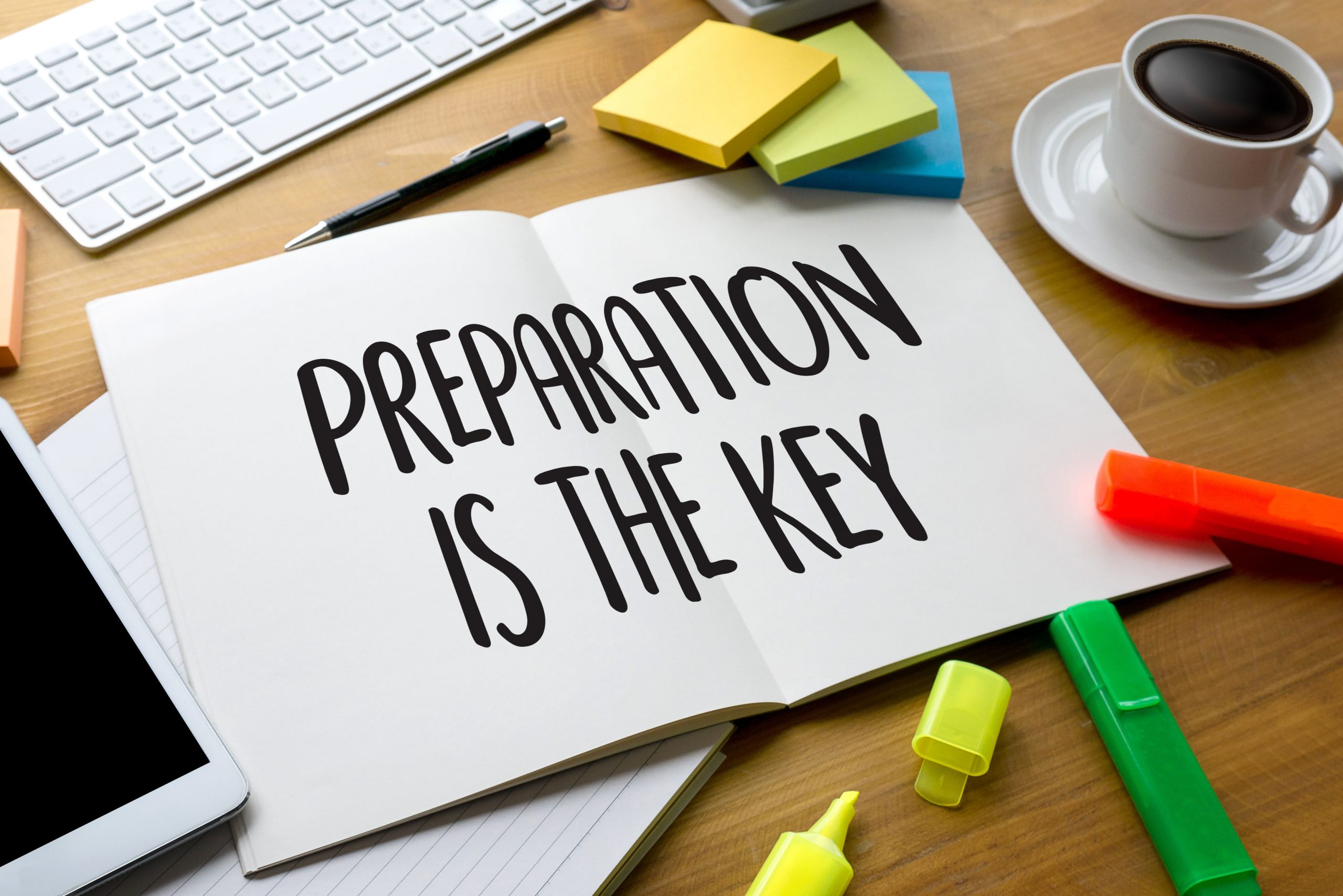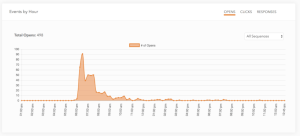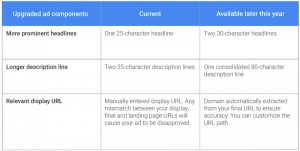Establishing a social media marketing plan takes a lot of time and effort and there are lots of things to consider, including which platform to use and how best to reach your target audience. However, many brands often overlook creating a social media crisis plan; this is one of the most important things you can do for your business. The last thing anyone wants is to hastily create a social media crisis plan when they are in the throes of a crisis. But how you handle this type of crisis can have long-lasting effects on your business. Therefore, it’s essential to be prepared ahead of time and manage a social media crisis with as much grace and calm as possible.
To help you get off to a successful start, I’ve outlined what a social media crisis is, how to develop a crisis management plan and the steps you need to take during it.
What Is A Social Media Crisis?

Negative comments that multiply and gain momentum are indicators of a social media crisis.
First, let’s talk about what a social media crisis is and what it is not. For the most part, a negative comment or even a valid complaint is not typically indicative of a social media crisis. These issues can often be addressed quickly with a scripted response; doing so usually leads to growing your audience and building better relationships as current customers and potential customers see you are engaged and actively responding to complaints. What you don’t want to do is not respond at all. Not only does this show a lack of care from the company, but it could potentially lead to an actual social media crisis.
Signs you are headed for a social media crisis include negative comments starting to multiply, people using inflammatory language and momentum with the public building – all of these examples indicate measures need to put into action immediately to address the issue. If you find yourself in this situation, pause all scheduled communication and refer to your social media crisis plan, which I write about later in this post.
Types of Social Media Crises
Unless you’ve dealt with a social media crisis, you might be unfamiliar with the terminology and types of situations you could find yourself dealing with. Spiralytics breaks it down:
- Multi-Channel Crisis: when the public is offended or disagrees with what you’ve posted.
- Emerging Crisis: takes the form of customer complaints about services or products
- Industry Adjacent: when a similar company is having a social media crisis and your own company comes into question
- Old School Trolling: an individual who posts abusive, threating and spam content for their own agenda
- Social Media Activism: this can be an individual or a group undertaking a cause to make social change
- Influencers: individuals whose comments have sway over large groups of people or fans
To see real-life social media crisis examples, read this article by HubSpot.
Establish A Company Social Media Policy

Creating a social media policy helps companies avoid a social media crisis that starts from within.
A social media crisis can happen externally as well as from within the company. With so many people (2.65 billion) using social media, it’s crucial to set your company up for success by creating a policy that has clear guidelines for what is appropriate for social media managers, employees, management and even CEOs, to share on social media – both personally and professionally.
Hootsuite notes several benefits for creating a company social media policy:
- Helps maintain brand identity over multiple channels
- Helps employees understand their social media responsibilities
- Encourages employees to share the brand message appropriately
- Prevents an internal social media crisis
- Prevents security breaches
- Establishes awareness for legal and regulatory issues
For more information, this blog post by Hootsuite explains how to write a social media policy.
Create A Social Media Crisis Communication Plan

A social media crisis plan establishes guidelines and responsibilities to follow.
With your social media policy complete, the next step is to develop a crisis communication plan. How developed the plan is depends on the complexity of your business. It could take the shape of a flow chart or a scale with low and high crisis priorities. No matter what type of plan you create, it should always include a chain of command and who is responsible for responding at each crisis level.
Use this list from Hootsuite as a template for what to include when creating your social media crisis plan:
- Guidelines that identify the type and magnitude of a crisis
- Roles and responsibilities for every department
- A communication plan for internal updates
- Contact information for critical employees
- The approval processes for messaging posted on social media
- Any pre-approved external messages, images or information
- A link to your social media policy
It’s also a good idea to develop an internal protocol outlining who needs to be informed at each level; that way, key players are appropriately kept in the loop at each stage of a social media crisis.
Depending on what type of business you have, you’ll also want to consider creating a series of scripted responses to use for different kinds of scenarios at various levels of importance. Having these templates on hand, especially for routine complaints, manages problems before they escalate into a full-fledged social media crisis.
Be In Tune With Your Social Media
One of the best ways to know if there is a potential for a social media crisis to arise is to understand your brand inside and out. Being fully aware of all the working components and how they might ruffle feathers gives foresight into what may lead to complaints and a crisis.

Using social listening is one tool to monitor what customers are saying and thinking about your brand.
One tool companies can use to find out what customers are saying about their brand is to implement social listening. This requires the monitoring of any mentions and paying close attention to how customers feel and think about the brand or company. Being in tune with feedback puts you in touch with the company’s real reputation, and therefore gives you a competitive edge in analyzing and determining the best response.
Check-In On Your Social Media Daily
Once you’ve scheduled your social media updates, it can be easy to get into the habit of letting it go on auto-pilot. To not check in daily (if not several times throughout the day), means you could potentially miss a complaint that then becomes a more significant issue. Someone, such as a social media manager, needs to check social feeds every day, even on the weekend.
What To Do When A Social Media Crisis Happens
Stay Calm
It can be easy to lose your cool when a social media crisis lands on your doorstep. Take a deep breath and follow your social media crisis plan.
Pause Those Scheduled Posts
When a social media crisis hits, it can be easy to forget about all of your scheduled posts. Don’t! Stop them immediately. Why? If a post goes live during the grave topic that created the social media crisis, especially fun or silly posts, it will make the brand look insensitive and could feed the fire.
Don’t Argue
It may be tempting to respond in the moment and even in anger. Don’t. All that will do is pull you deeper into the conversation; the result will not only make the company look bad, but show a lack of sincerity.
Respond Immediately
Forbes notes that a public response needs to come within 30 minutes. However, it might take time to research and get to the source of the issue to prepare a response. That is where a simple reply that acknowledges the issue right away comes into play. It could be something like, “We are sorry this has happened. We are giving this matter our full attention and will be making an official statement soon.” Responding right away shows the public you are aware of the issue and care about resolving it.
Apologize
Saying I’m sorry goes a long way. Apologize, often if needed. It can work wonders in pacifying those who are angry.
Share Updates
Don’t go dark during a social media crisis. Post updates even if it is to thank everyone for their patience.
Don’t go dark on your social media channels during a crisis. Respond with updates, even if it is just to thank everyone for their patience while you are taking the necessary steps to resolve the problem. Once there is news, share the most crucial points, and then link to a reference page with more in-depth information.
Create A Reference Page
As noted above, you’ll want to create FAQ page or blog post for your website. Having a reference page ensures accurate information about the issue is provided, and hopefully, this decreases the number of calls or comments your business may receive. The page should include:
- An apology
- An outline of what happened
- What is being done about the issue
- Contact information for inquiries
Evaluate!
Once the social media crisis has abated, it is not time to sit back and relax just yet. The organization needs to review, analyze and evaluate the social media crisis. CoSchedule outlines the core pieces to review:
- What happened?
- Why did it happen?
- How can you prevent it from happening again?
You’ll also want to take stock of the damage to the brand’s reputation. This can be done by measuring an increase or decrease in:
- Engagement
- Followers
- Traffic
Use this information to reset the goals for your content marketing plan and make any necessary changes to your social media crisis plan.
Digital & Social Articles on Business 2 Community
(38)
Report Post









